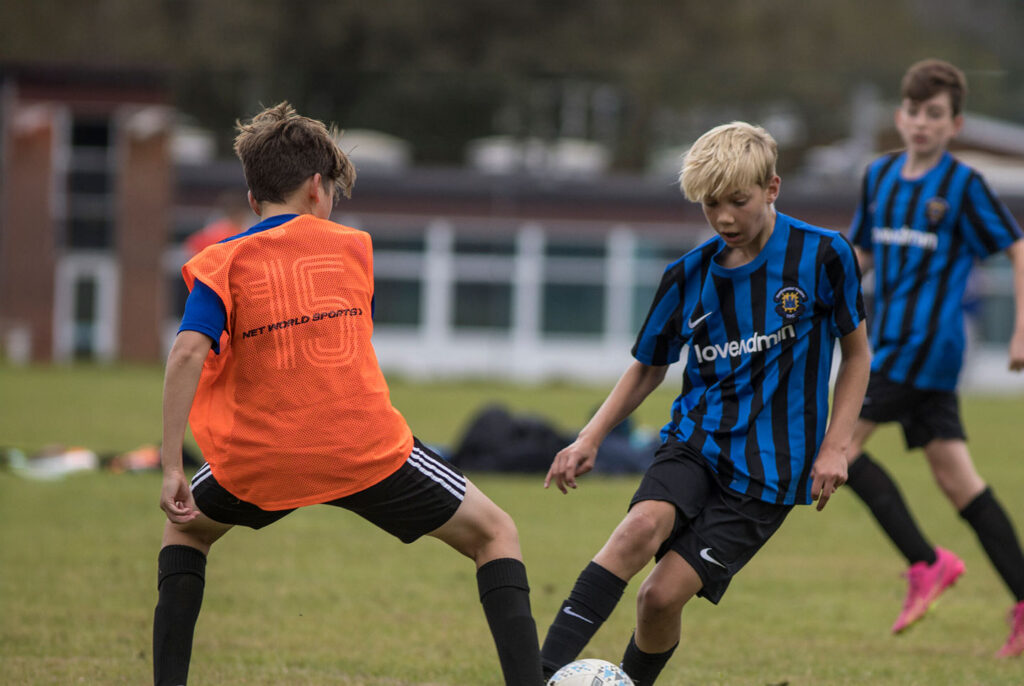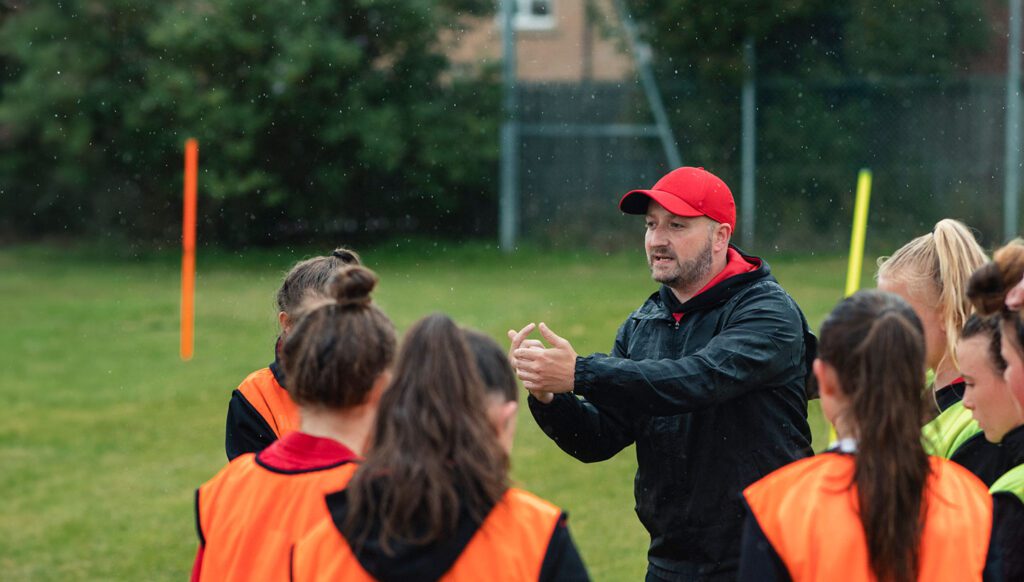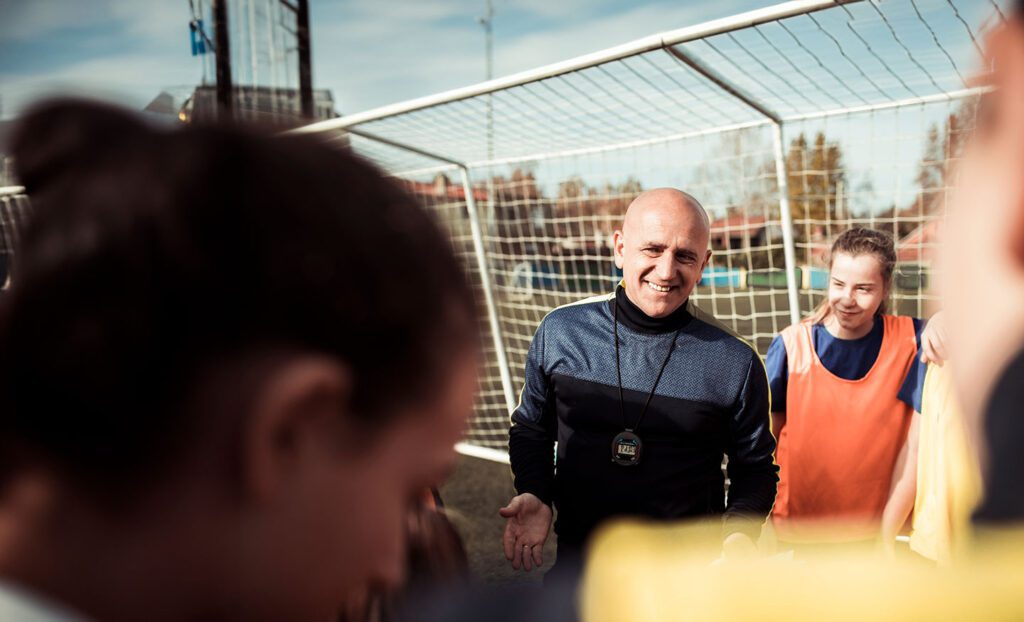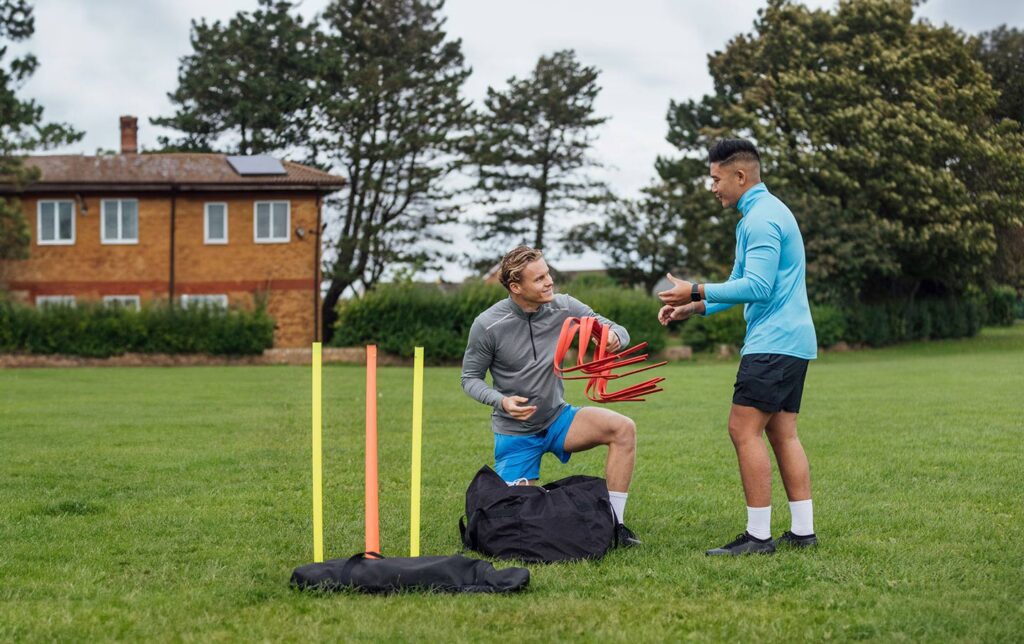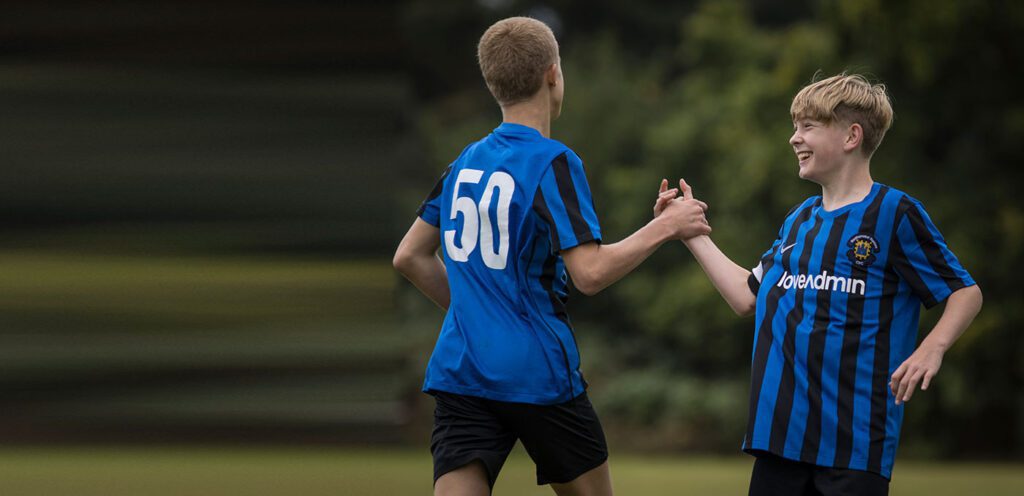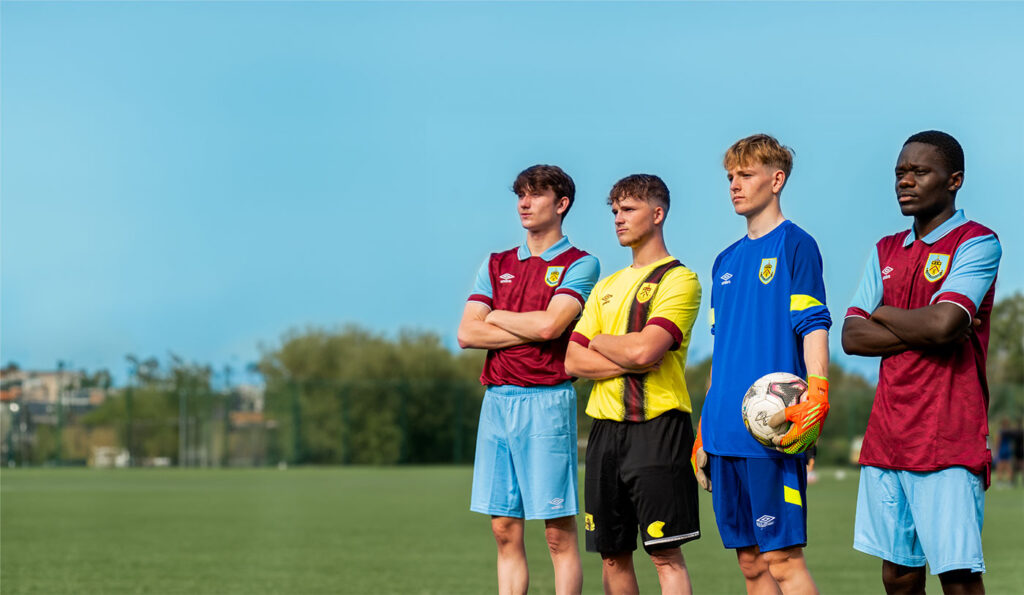Welcome to part three of our Sponsorship series
We’ll cover the basics of how your grassroots sports club can create successful, long-lasting sponsor partnerships.
So far in the series, our resident sponsorship guru, has explained the differences between a sponsor and a donor. He’s also discussed how to best showcase your membership profile to potential sponsors.
In this article, he talks in more detail about your sponsorship assets. What is it that you can offer potential sponsors to raise more revenue for your club?
What assets can my grassroots club offer a potential sponsor?
Your club will have a multitude of assets that can generate ROI (return on investment) for sponsors. Things like your kit or advertising at your ground or facility may seem obvious, but there are many other, smaller assets that you can monetise too.
And in order to build a clear picture of what you can offer to potential sponsors, you need to create an asset inventory.
What do I include in an asset inventory?
This is a straightforward document that is easy to put together. It is essentially a list of all the different opportunities that your club can offer to potential sponsors, that would bring you income in return.
It’s a good idea to create this as a spreadsheet, with three simple columns: assets, inventory and quantity.
Assets
Your first column needs to detail all the assets that could potentially be sponsored. These differ per sport, but the five key assets a grassroots club can typically offer are:
- Your ground or facility – do you have a stadium, a pitch, an indoor hall?
- Your teams or squads – how many teams do you have? Whether it’s one or many, note this down
- Your clubhouse or cafe area – You probably get a lot of footfall here so it’s a valuable asset for sponsors
- Your digital channels – your social media accounts and CRM (customer relationship management like LoveAdmin) database provide sponsors with new, engaged platforms to promote their brand and content
- Your events – these are prime opportunities to boost a sponsor’s brand awareness within the local and surrounding areas
Inventory
Once you’ve listed your assets, think about all the different sponsorship opportunities within these areas. Here are some examples of items you could offer and list in the inventory column:
1. Ground / Facility
- Naming rights – just as Arsenal’s ground is called the Emirates Stadium, your ground or facility can be named too. This is becoming a lot more common at grassroots level – particularly with larger companies sponsoring clubs within their local area
- Outdoor advertising – think about all the space you have around your ground / facility for banners, boards and company logos
- Seating areas – in the same way that your ground can have naming rights, so too can your parent and spectator seating areas
2. Teams / Squads
- Competition/match day kit – this is probably the sponsorship opportunity you’re most familiar with. Adding a sponsor’s logo to your team’s competition kit – whether that’s on the sleeve, the back, or even the shorts – is great exposure for a company
- Additional kit – do your teams have tracksuits or training kit that you could add sponsorship to? And don’t forget about your managers and coaches; they often wear a particular tracksuit or coat to matches and events. There’s no reason these can’t be branded as well
- Player awards – do you give out a ‘player of the match’ award regularly that could be sponsored? Or if you’re coaching younger kids, there’s no reason you can’t offer a sponsorship opportunity for ‘Star of the Week’
3. Clubhouse / Cafe Area
- Pop-up banners – these can be easily installed inside your clubhouse. You could even have a few if your space is big enough. They’re inexpensive, so are a very cost-effective option that provide a lot of impact. But don’t just mention your sponsors on these; explain the connection between your club and the company so that they’re more interesting to your members
- Awards cabinet – no doubt you have collected many trophies and awards over the years that visitors enjoy looking at. Sponsoring this cabinet may not seem like an obvious choice, but would provide potential sponsors with a lot of visibility
4. Digital channels
- Banner graphics – these can either be added to your website, included in emails sent from your CRM database, or simply shared on social media, providing links back to a sponsor’s website or own social channels
- Advertising and promotions – it’s likely you have a highly engaged audience on your social media channels, so running a promotion or campaign for your sponsors is a great opportunity
5. Events
- Annual tournaments, trial days or open competitions – these are often big events, and can attract many clubs and people from surrounding areas (possibly even further depending on the level). Sponsors would therefore be able to boost their brand awareness among those in both the local and neighbouring communities
- Awards presentations – perhaps a sponsor could present the ceremony? Or hand out a new award in their name?
- Parents evenings and social get-togethers – you’re bound to see a lot of visitors at informal occasions like these. They’re therefore ideal, low-cost events for your sponsors to be involved in
- Networking opportunities – as we’ve mentioned previously in this series, you shouldn’t underestimate the business networking opportunities your club can provide to local companies. Even if you don’t yet have many sponsors, there’ll be parents at your club who own or work at local businesses who would benefit from events such as networking breakfasts
Quantity
The final column in your spreadsheet is the quantities. How many items could you sell within each of your asset categories?
For example, your quantity of naming rights is just one: your ground. But within a category like advertising, you could decide that you’re happy to offer a potential sponsor five promotions on your social channels per month.
Once you’re clear on all of these figures, you need to tally up the quantity and see how many sponsorship opportunities you can offer in total. This will demonstrate the sheer volume of assets that can be converted into income for your club via sponsorship.
It’s worth enlisting the help of those club committee members that are most commercially-minded when pulling together this inventory. Whether that’s someone with an advertising or marketing background, or even someone undergoing business studies currently. This will help to ensure you have listed every possible financial opportunity.
Which asset is most valuable?
All five assets have the potential to generate a lot of revenue for your club, but your teams/squads are arguably the most valuable of all.
At first, you may think that your athletes will simply wear their kit to training or to match days. But the exposure goes far beyond just that. How many other places is your kit – and your sponsor’s logo – seen? For example, do your players sometimes walk around the high-street before or after a match or training?
Therefore, you need to be careful when pricing this asset. Although it seems simple and obvious, this is a highly sought-after, valuable opportunity for companies.
In recognising the power of this asset, you may be tempted to have individual sponsors for different kits, or for different teams / squads. But if you can offer one company exclusive rights to have their logo on all of your teams’ kits, then that comes with a big price tag.
This is a compelling opportunity for local businesses – one that will likely result in a longer-term sponsorship relationship. Although featuring many different company logos on your kits feels like a good option, centralising your strategy and focusing on one sponsor will enable you to maximise the potential revenue.
Sponsorships are about building relationships
Once you’ve created your inventory list, it’s important to tailor and customise the package for each potential sponsor you’re in conversation with.
Remember, every businesses has different objectives. And if you can demonstrate – via your inventory – that you understand that particular company’s objectives, and offer them a proposition that is unique to them, you stand a much higher chance of creating a successful, long-lasting relationship.
Hopefully you now feel confident in creating your own inventory. The next step in the process is then knowing who to approach with this inventory – something we’ll cover in part four of this series.
If you’re involved with a gymnastics or football club and would like to hear more about sponsorship and discuss with fellow committee members, join our dedicated Facebook Communities:






